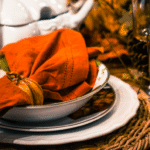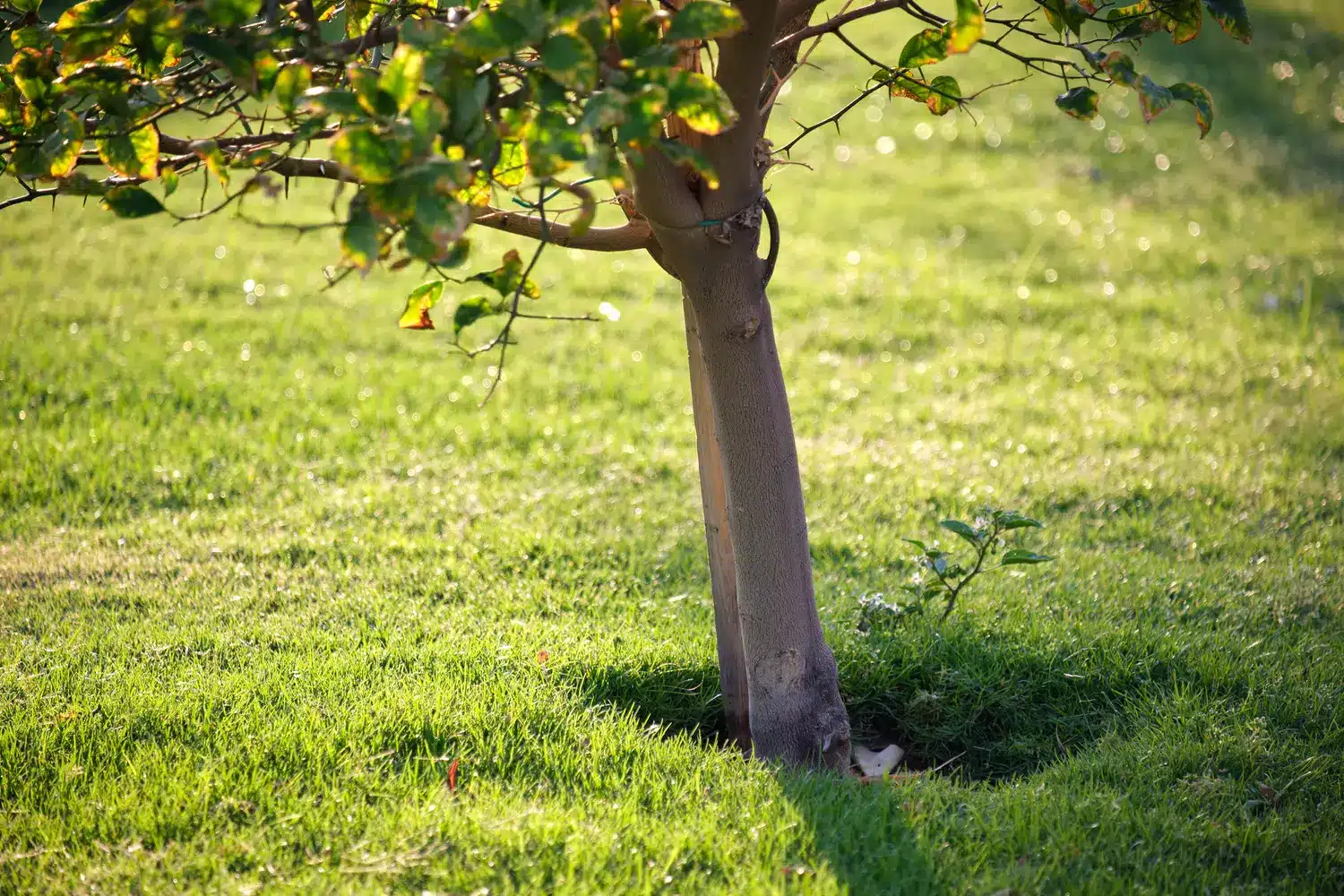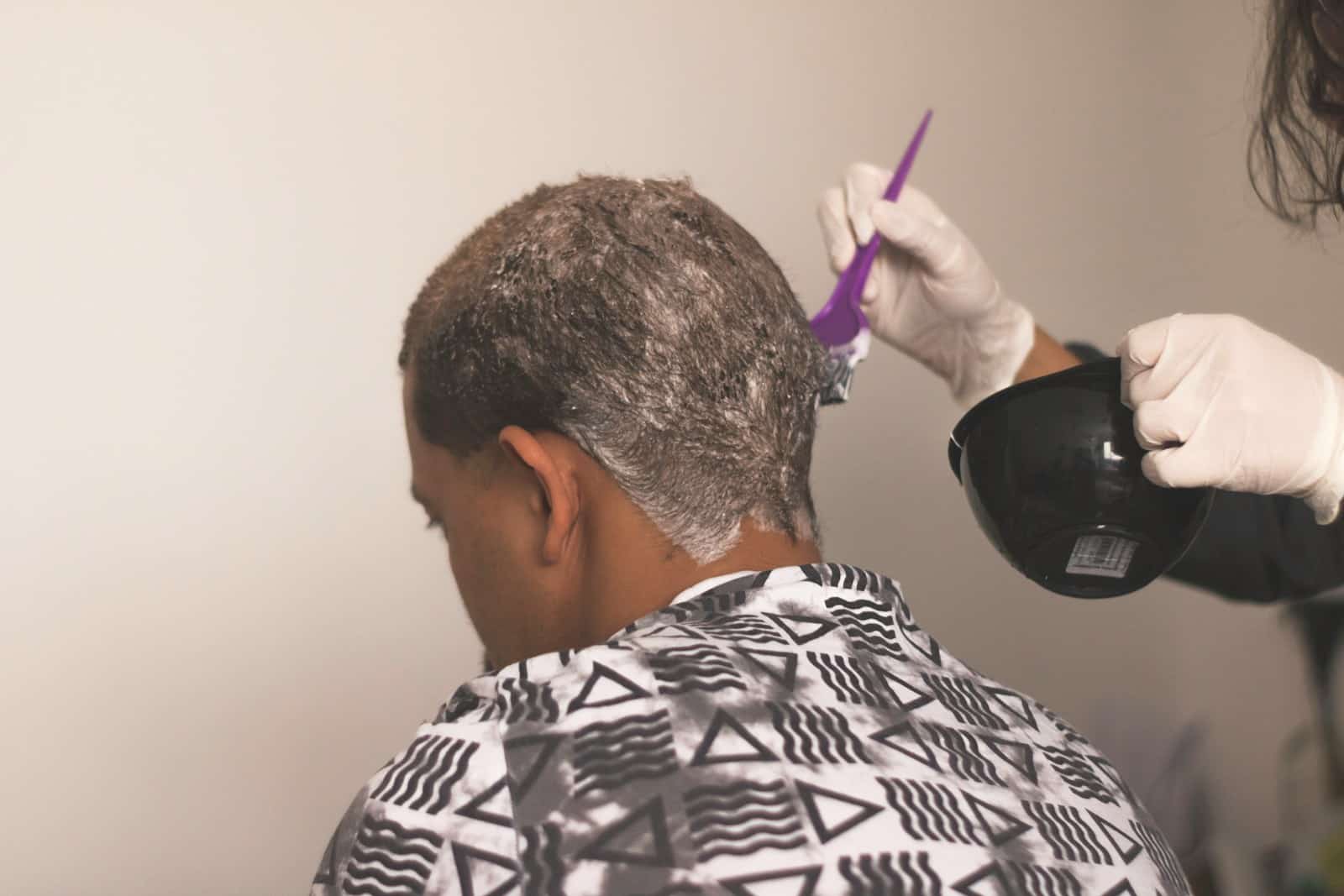Fresh, fluffy towels represent one of life‘s simple pleasures, yet many homeowners struggle with dingy, rough, or musty towels despite regular washing. Traditional laundry detergents often fail to address deeper issues like mineral buildup, soap residue, and persistent odors. Fortunately, two common household ingredients can transform your towel care routine and restore your linens to their former glory.
The combination of white vinegar and baking soda creates a powerful cleaning duo that tackles multiple towel problems simultaneously. This natural approach eliminates harsh chemicals while providing superior results. Unlike commercial fabric softeners that can coat fibers and reduce absorbency, this method actually enhances your towels’ natural properties.
Understanding why towels lose their softness and absorbency
Several factors contribute to towel deterioration over time. Mineral deposits from hard water accumulate in fabric fibers, creating stiffness and reducing absorbency. Soap scum and detergent residue build up with each wash cycle, particularly when using excessive amounts of cleaning products. These residues create a barrier that prevents towels from properly absorbing moisture.
Body oils, dead skin cells, and personal care products also embed deep within towel fibers. Standard washing cycles often fail to remove these substances completely, leading to musty odors and bacterial growth. The situation worsens when towels remain damp for extended periods or when stored in humid environments like bathrooms.
Temperature fluctuations during washing and drying further impact towel quality. High heat can damage natural fibers, while insufficient heat fails to eliminate bacteria and odor-causing microorganisms. Many people unknowingly compound these problems by using quick wash programs, which don’t provide adequate cleaning time for heavily soiled items like towels.
Fabric softener overuse creates another layer of problems. While these products promise softness, they actually coat fibers with waxy substances that repel water. This coating reduces absorbency and traps odors, creating the opposite effect of what users desire. Breaking this cycle requires a different approach that removes buildup rather than adding more chemicals.
The science behind vinegar and baking soda cleaning power
White vinegar’s acidic properties make it exceptionally effective at dissolving mineral deposits and soap scum. With a pH around 2.5, vinegar breaks down alkaline buildup that accumulates from hard water and detergent residues. This natural acid also neutralizes odor-causing bacteria while brightening fabric colors.
Baking soda operates differently with its alkaline pH of approximately 9. This gentle abrasive lifts embedded dirt and oils while neutralizing acidic odors. When combined with water, baking soda creates a mild scrubbing action that penetrates deep into fabric fibers without causing damage.
The combination of these two ingredients creates a unique cleaning reaction. While they neutralize each other when mixed directly, using them separately in sequence maximizes their individual benefits. This two-step process ensures thorough cleaning without the explosive reaction that occurs when they’re combined simultaneously.
Both ingredients are completely biodegradable and safe for septic systems, making them environmentally responsible choices. They leave no harmful residues that could irritate sensitive skin or cause allergic reactions. This natural approach proves particularly beneficial for households with babies, elderly members, or individuals with chemical sensitivities.
Step-by-step washing process for optimal results
Begin by loading your washing machine with towels, avoiding overcrowding to ensure proper water circulation. Set the water temperature to hot or warm, depending on your towel care labels. Hot water activates both vinegar and baking soda more effectively while helping to eliminate bacteria and odors.
For the first wash cycle, add one cup of white vinegar directly to the drum before starting the machine. Avoid adding any detergent during this initial cycle, as soap will interfere with the vinegar’s cleaning action. The vinegar wash removes soap buildup, mineral deposits, and neutralizes odors while preparing fibers for the second treatment.
Here’s the complete washing sequence :
- Load towels into washing machine
- Set water temperature to hot or warm
- Add 1 cup white vinegar to drum
- Run complete wash cycle without detergent
- Add 1/2 cup baking soda for second cycle
- Run second complete wash cycle
- Check for remaining odors or stiffness
After the vinegar cycle completes, add half a cup of baking soda directly to the drum for the second wash. Again, avoid adding detergent to prevent interference with the cleaning process. The baking soda will lift remaining dirt and oils while softening the fabric naturally.
Some heavily soiled towels may require additional treatment. If odors persist after the double wash, repeat the entire process or allow towels to soak in a vinegar solution before washing. This pre-treatment approach proves particularly effective for towels with persistent mildew odors or excessive buildup.
Maximizing results and maintaining fresh towels long-term
Proper drying techniques complete the restoration process and prevent future problems. Remove towels from the washer immediately after the final cycle to prevent mildew growth. Shake each towel vigorously before placing it in the dryer to separate fibers and promote fluffiness.
Use medium heat settings for drying, as excessive heat can damage fibers and reduce absorbency. Add clean tennis balls or dryer balls to create agitation that naturally fluffs towels without fabric softener. This mechanical action helps restore loft while preventing static buildup.
Avoid overloading the dryer, which prevents proper air circulation and can leave towels partially damp. Slightly under-dried towels finish air-drying naturally while maintaining optimal softness. Completely dried towels should feel fluffy and smell fresh without any chemical or musty odors.
Establish a monthly maintenance routine using this vinegar and baking soda method to prevent future buildup. Regular treatment keeps towels in optimal condition and extends their useful life significantly. Just as you might research natural cleaning methods for bronze items or learn stain removal techniques for clothes, understanding proper towel care prevents costly replacements.
Store clean towels in well-ventilated areas away from humidity. Proper storage prevents mildew growth and maintains the fresh results achieved through natural cleaning methods. Consider implementing natural cleaning alternatives throughout your home for consistent, chemical-free maintenance.









